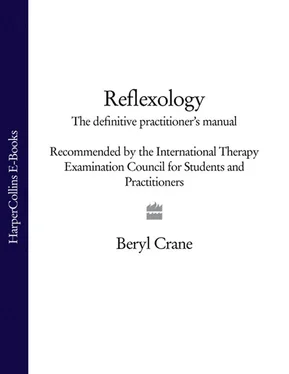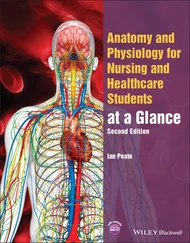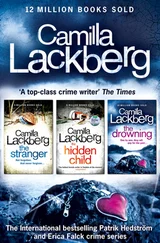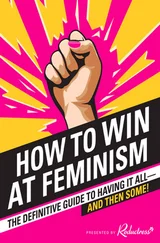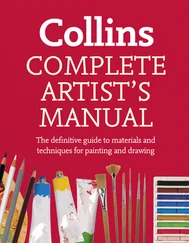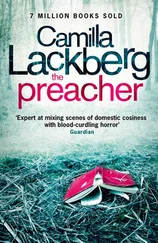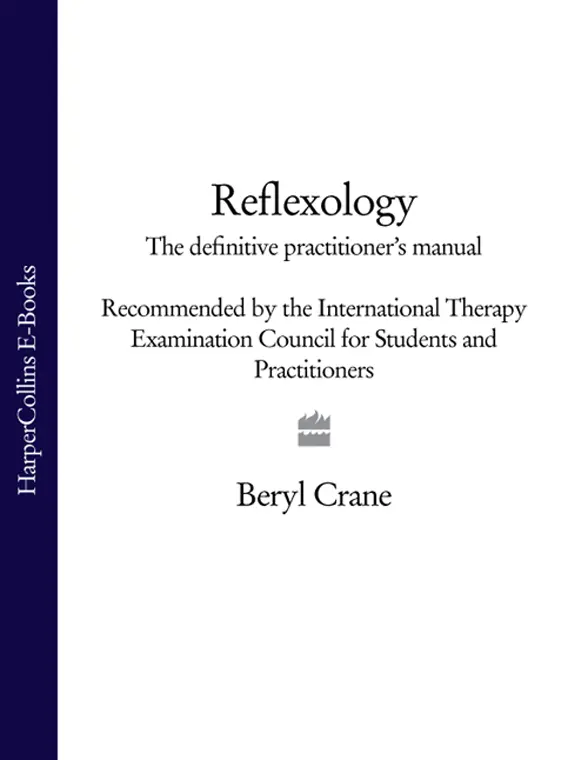
Reflexology
The Definitive Practitioner’s Manual
Recommended by the International Therapy Examination Council for Students and Practitioners
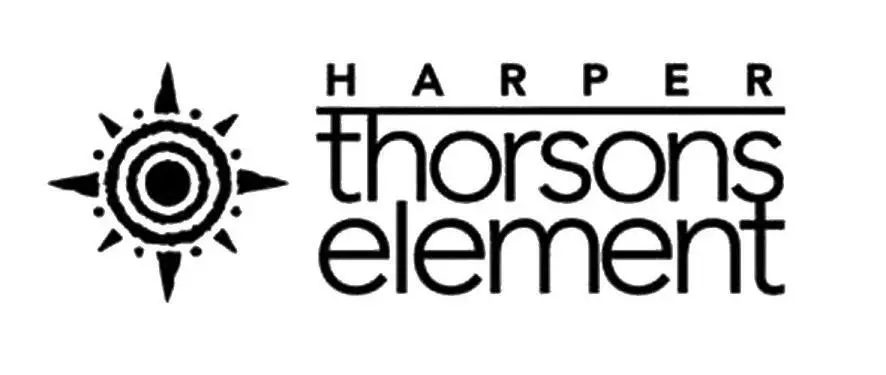
I would like to dedicate this book to my husband of 43 years, who I love dearly for his patience, understanding and love, which were sorely tested throughout the time that this book was in the making.
Title Page
Dedication
Foreword
Preface
What is reflexology?
Aims of this book and how to use it
1 A brief history of reflexology
Egyptian origins
Chinese origins
The history of the zone concept
2 A holistic approach to medicine
The concept of holistic medicine
Theories and philosophies
What is energy?
How the nervous system works
Meridians and nerves
The zones and the divisions of the feet and hands
Western medicine and complimentary medicine working together
3 Basics of consultation and diagnosis
The fundamentals of good practice
Clinical observation
Questioning
Listening
The case history
Diagnosis
Recommending treatment
Support and care of the client
4 Basics of the reflexology treatment session
Preparation of the client and yourself
Relaxation techniques, support techniques and protective hold procedures
‘Back-up’ or cross reflexes, or zone-related reflexes
Interpretation of painful reflex points
Reactions to expect during treatment
Reactions that may arise between treatments
5 The feet
Anatomy and biomechanics of the foot
Observation and analysis
The systems of the body and their respective zones on the feet
Treatment procedure
Foot exercises
6 The hands
History and theory of hand treatment
Anatomy and physiology
Observation and analysis
Disorders
Treatment procedure
Hand exercises
7 The ear, face and head
The ear
The face and head
8 A-Z of disorders of the body
How to use this chapter
9 Disorders of the skin: a practical application of reflexology
Anatomy and physiology
Disorders
Analysis and treatment
Skin care routine
10 Stress
What is stress?
Physiology of stress
Stress as a cause of illness
Physical and mental indicators of stress
The role of reflexology in stress
Simple stress management techniques
11 Natural nutrition
What is nutrition?
Components of a good diet
Additives
A healthy lifestyle
What is an allergy?
Disorders where diet and reflexology work together
12 The reflexology practice
Setting up a practice
Ethics
Professionalism
Making an introductory presentation to an audience
Appendices
Appendix I Statutory support systems
Appendix II First aid in the treatment room
Appendix III Complementary therapies that may assist reflexology
Appendix IV Astrology and health
Appendix V Some questions that students may be asked in an examination
Appendix VI Useful addresses
Glossary
Index
Plates
Acknowledgements
About the Author
Copyright
About the Publisher
The author has been known to me for many years and I have great respect, not only for her expertise in the field of reflexology, but for her very wide knowledge of the subject.
As a complementary therapy, reflexology is daily gaining the approbation of patients and other professionals including general practitioners and hospital doctors. This is due to the work and dedication of reflexologists, of whom Beryl Crane is an outstanding example.
It gives me the greatest of pleasure to recommend this excellent and well researched book to all serious students of this therapy.
Dr William Arnold-Taylor MSc, PhD
Member Clinical Forensic Medicine;
Fellow of the Royal Society of Medicine;
Chairman of the International Therapy Examination Council Limited
Preface
What is reflexology?
Reflexology is a science based on the principle that reflexes, or areas, in the feet, hands and other parts of the body relate to the internal organs and other structures of the body.
There are several definitions of the word ‘reflex’, all of which are relevant here:
• ‘an involuntary unconscious response to stimuli’
• ‘a mirror image’
• ‘to turn or be directed back’.
The definition of ‘ology’ is the study of that branch of science. The term ‘microcosm’ is also relevant: this is defined as ‘a small system regarded as a little self-contained world that represents all the qualities or activities of something much larger’. In reflexology the feet, hands and ears are seen as a perfect microcosm of the body, with a somatic replication of all organs, glands and muscles of the body on to an area or a reflex point. Palpation or pressure on such points helps to achieve balance in the body by normalizing the function of internal organs through a system of zones that link particular reflexes with particular organs. This treatment by pressure helps to stimulate the body’s healing process and to allow the person to achieve physical and emotional well-being. There are many ways to apply pressure. Even wringing the hands or rubbing them together can be quite beneficial, while putting the fingertips together helps to stimulate the brain, and squeezing the fingers can relieve a headache or toothache. The points to which pressure is applied are located by reference to both Traditional Chinese Medicine (TCM) and the zone theory. The area just behind the ball of the foot is known as ‘Bubbling Spring’ (or ‘Well’) point, a vital point in the Chinese meridian theory; this is the same point where the solar plexus is represented on the feet in the reflexology theory. It is on these minute reflex areas that the reflexologist will apply precise alternating pressure techniques, thus bringing about a therapeutic effect on the corresponding area of the body.
Reflexology is truly a holistic non-invasive therapy, where the practitioner sees the patient as a whole; it is most important that the practitioner is aware of this concept from the onset of treatment, as it is this approach and perspective that is so advantageous. Patients’ problems should not be viewed as just a bad shoulder or stiff neck and so forth. The body does not function as an individual part but as an interaction of many structures and systems ( see chapter 2).
Reflexology is a must for the 21st century. We need to make this age-old therapy an essential part of everyday life for all, young and old alike. Reflexology treatment has many benefits. It leads to a better functioning of the circulatory system, as blood flow is improved, taking all the nutrients to the appropriate parts more efficiently. Blood and nerve supply to muscles improves, aiding and relaxing muscle spasm and tension. The treatment also promotes good muscle tone through nerve stimulation, so reflexology helps compensate for lack of exercise in cases of illness or old age.
Читать дальше
